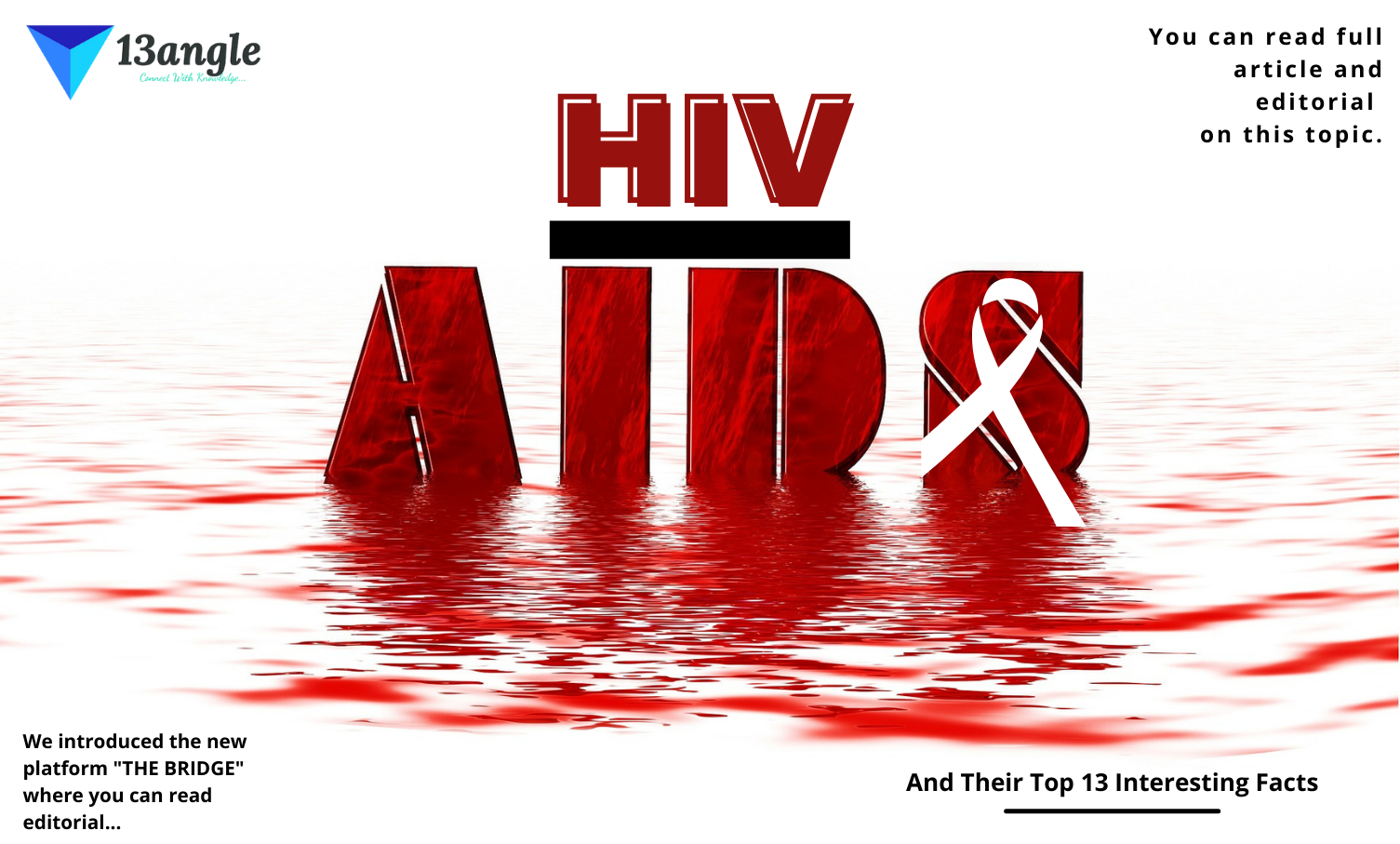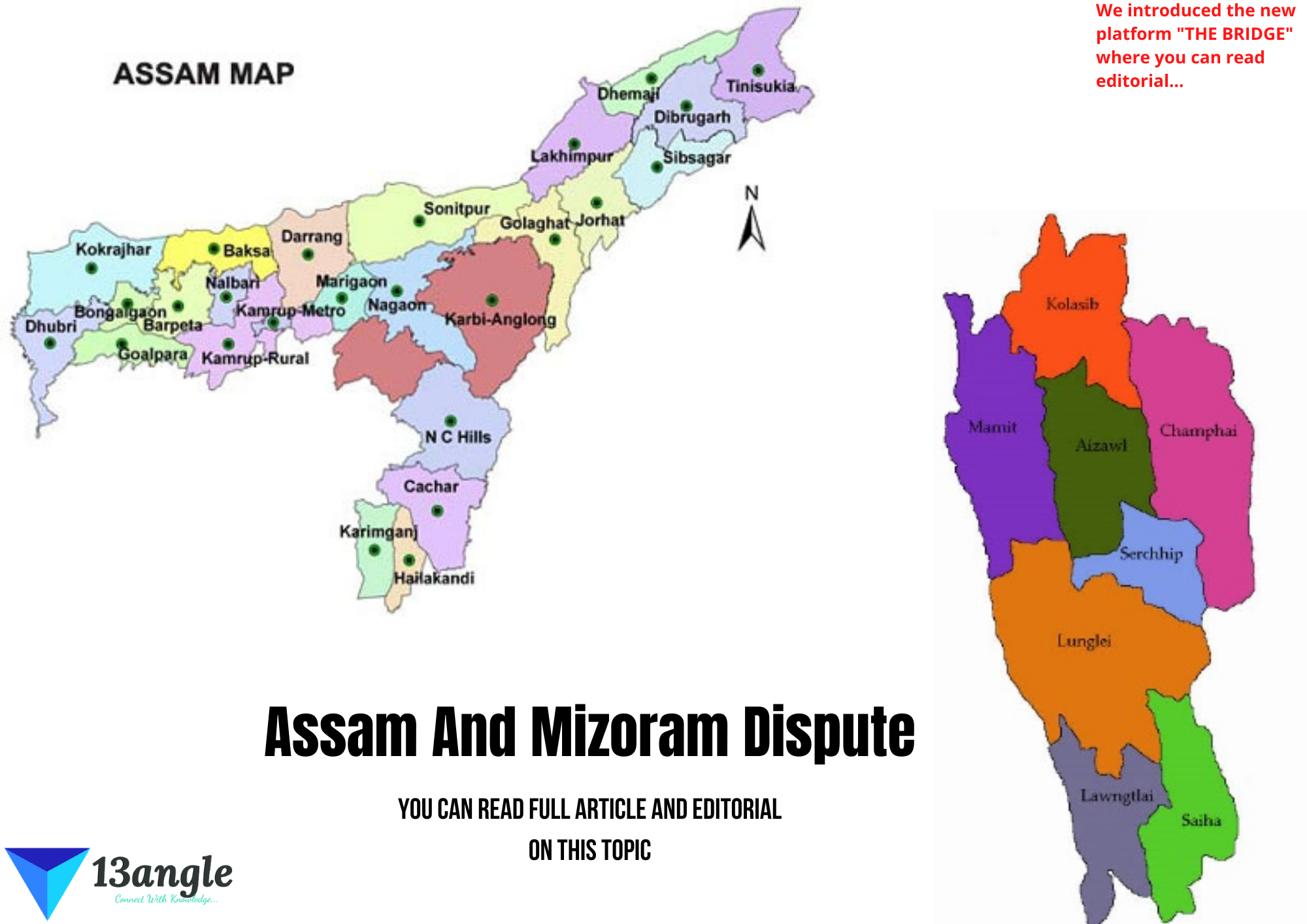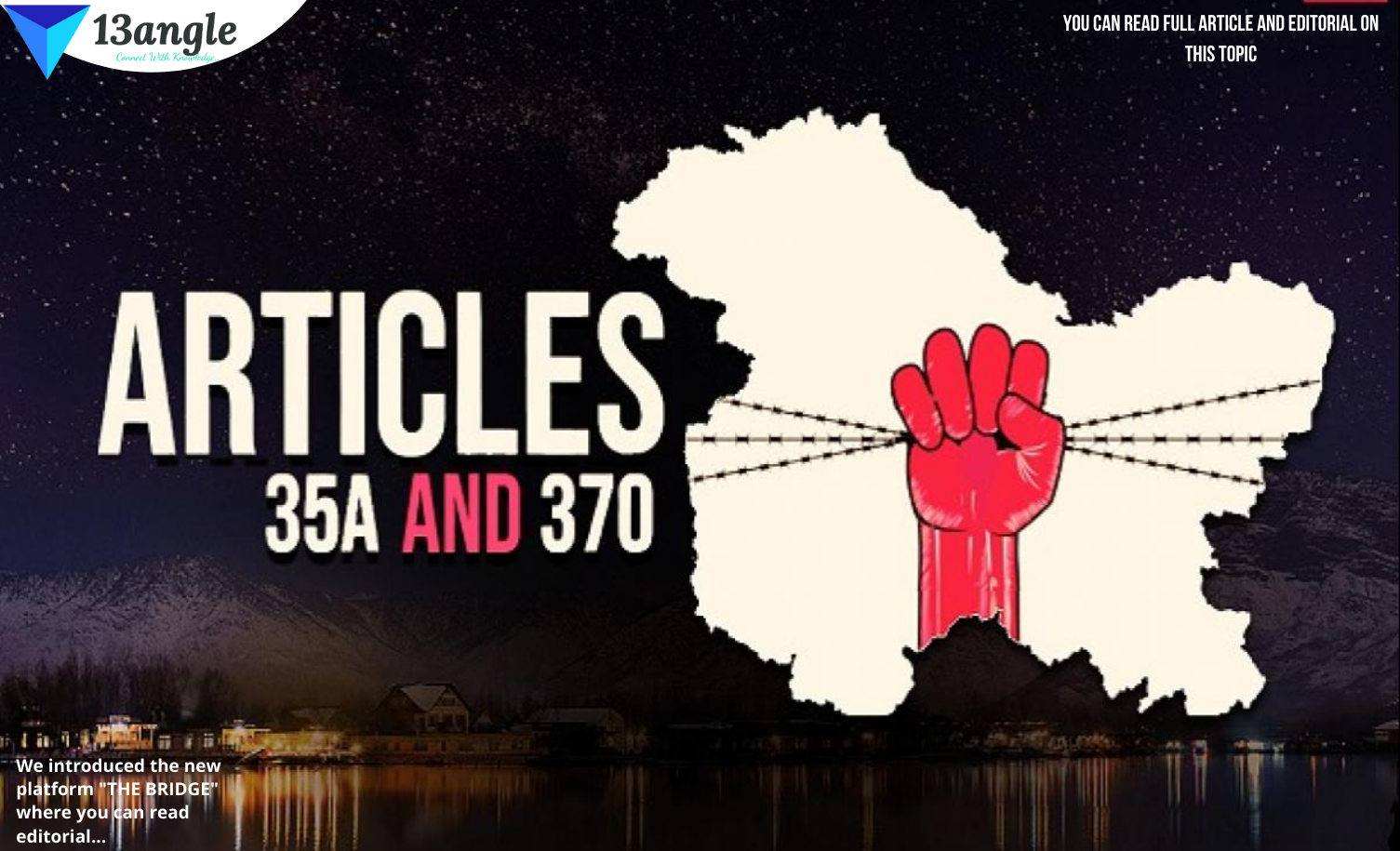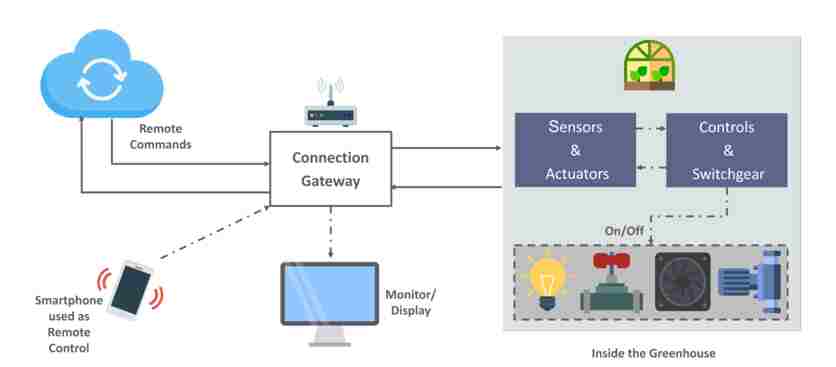
What Is IoT?
- The Internet of Things (IoT) is a network of physical devices or objects infused with sensors and software to make it capable of exchanging data and connecting with other devices and systems over the internet. Today there are an estimated seven billion IoT devices in the world and scientists expect the number to go up to twenty-two billion by 2025, impressive huh? Well, the world’s moving online so why shall our devices be left out? Now, if you have the misconception that IoT is only for household devices you couldn’t be more wrong! As a matter of fact, IoT finds its major implementations in large-scale industries involving extremely complicated machinery and tools that often cost millions.
A Brief History Of IoT
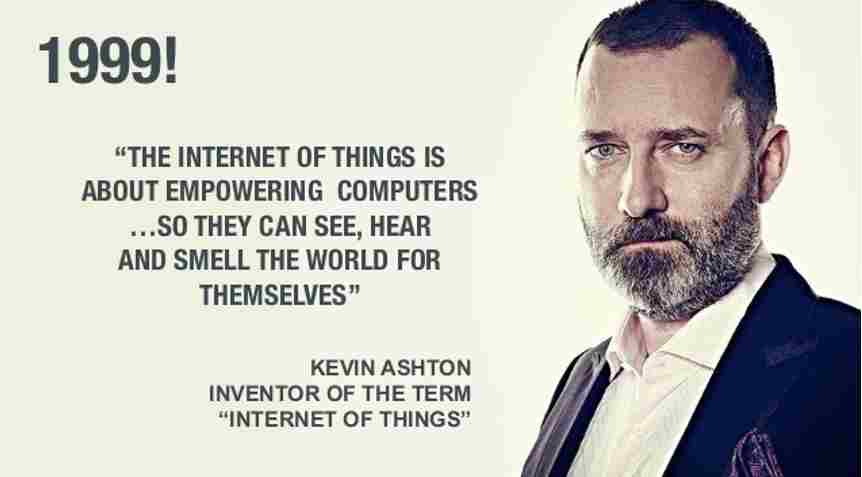
IoT may be a hot topic in today’s industries, but it surely isn’t a new one! The idea of the “Internet of Things” almost dates to the initial stages of the internet itself. During the early days of the “internet” as we know it, it was hypothesized that the internet is not just a network for people to communicate with each other via computers but also a system for gadgets to communicate with each other and the surroundings electronically.
As I said the concept of IoT isn’t new; rather it was used in 1999 by British pioneer Kevin Ashton to describe A system of OBJECTS that were CONNECTED to the internet by the means of sensors. Ashton’s idea was improved that very year using RFID (Radio-frequency identification) tags. Aided by the rapid growth of cellular and radio communications in the past two decades or so, this simple idea slowly changed and evolved into IoT as we know it today.
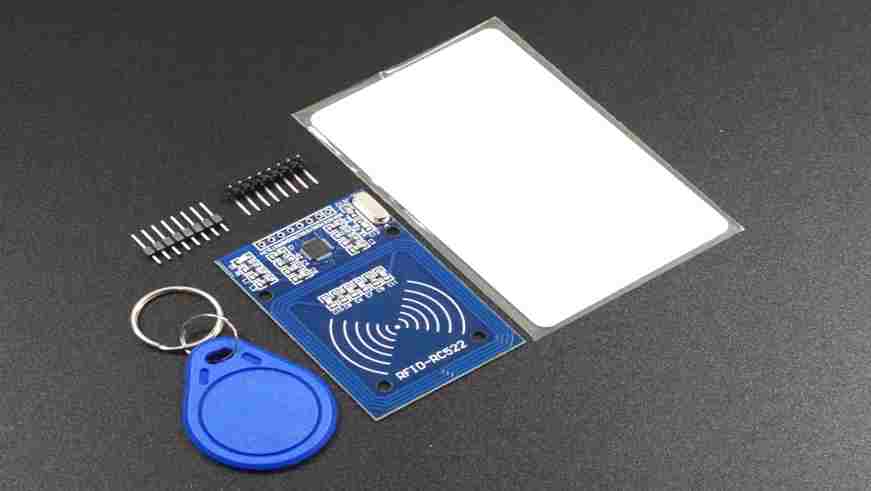
IoT has evolved from the convergence of Wi-Fi technology, microelectromechanical systems, microservices, and the Internet. This convergence has helped tear down the silo partitions among operational technology and information technology allowing unstructured system-generated data to be aggregated and analyzed.
All said the Internet of Things is not a single generation. It is a whole lot More than what meets the eye. IoT encompasses wireless sensor networks (WSN), sensor networks (SN), 3G/4G/5G, GSM, UMTS, LTE, VMAX, RFID, microcontrollers, and microprocessors et-al.
Technologies Behind IoT
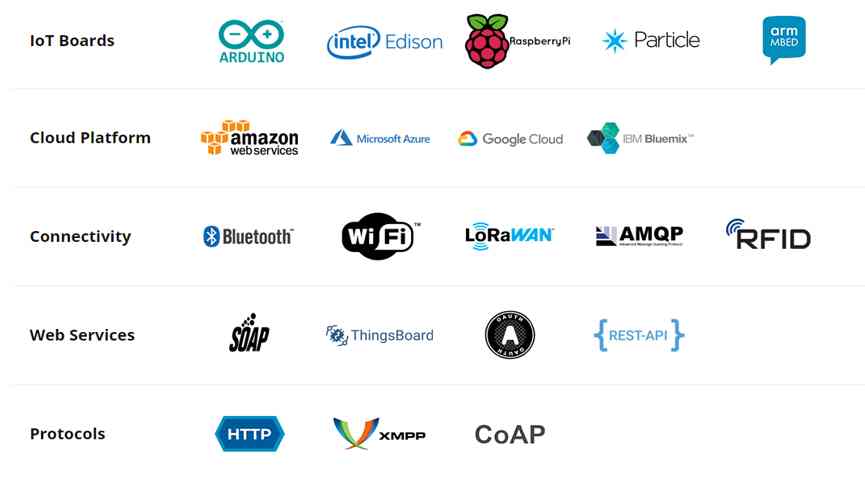
It can prove to be an extremely delicate task if you’d like to find your way through the IoT maze given the diversity and multitude of technology results that compass it. still, for matters of simplicity, we could break down the IoT technology mound into four introductory technology layers involved in making it work.
Device tackle: bias is objects which constitute the ‘effects’ within the Internet of effects. Acting as an interface between the real and the digital worlds, they may take different sizes, shapes, and situations of technological complexity depending on the task they’re needed to perform within the specific IoT deployment.
Device software: This is what makes the connected bias ‘smart’. Software is responsible for enforcing the communication with the Cloud, collecting data, integrating bias as well as performing real-time data analysis within the IoT network.
Dispatches: Having the device tackle and software in place, there must be another subcaste that will give the smart objects ways and means of swapping information with the rest of the IoT world. While it’s true that dispatch mechanisms are explosively tied to device tackle and software, it’s vital to consider them as a separate subcaste.
Platform: As mentioned before, thanks to the ‘smart’ tackle and the software installed the device is suitable to ‘smell’ what’s going on around it and communicate that to the stoner via a specific dispatches channel. An IoT platform is the place where all this data is gathered, managed, reused, analyzed, and presented in a stoner-friendly way.

- There is no shortage of connectivity solutions behind them. Depending on the specifications of a given IoT use case, each communications option may offer different service enablement scenarios while having tradeoffs between power consumption, range, and bandwidth.
Short-range network:
- Bluetooth
- RFID
Medium range network:
- Wifi
- Zigbee
- Thread
Long-range network:
- NB-IoT
- LTE-CAT M1
- Lorawan
- Sigfox
Real-life Implementation Of IoT In Industries And Households
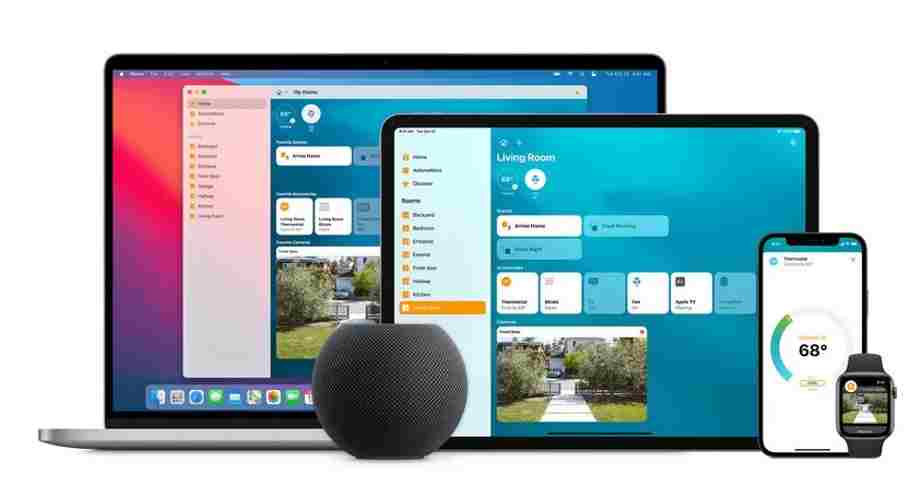
1. Household Applications:-
Smart Home: IoT devices are a part of the larger concept of home automation, which can include lighting, heating, air conditioning, media and security systems and camera systems. Long-term benefits could include energy savings by automatically ensuring lights and electronics are turned off or by making the residents in the home aware of usage. A smart home or automated home could be based on a platform or hubs that control smart devices and appliances. For instance, using Apple’s HomeKit, manufacturers can have their home products and accessories controlled by an application in iOS such as the iPhone and the Apple Watch. This could be a dedicated app or iOS native applications such as Siri. This can be demonstrated in the case of Lenovo’s Smart Home Essentials, which is a line of smart home devices that are controlled through Apple’s Home app or Siri without the need for a Wi-Fi bridge. There are also dedicated smart home hubs that are offered as stand-alone platforms to connect different smart home products, and these include the Amazon Echo, Google Home, Apple’s HomePod, and Samsung’s SmartThings Hub. In addition to the commercial systems, there are many non-proprietary, open-source ecosystems, including Home Assistant, OpenHAB, and Domoticz.

Elder Care: One key application of a smart home is to aid elderly individuals and those with disabilities. These home systems use assistive technology to accommodate an owner’s specific disabilities. Voice control can assist users with sight and mobility limitations while alert systems can be connected directly to cochlear implants worn by hearing-impaired users. They can also be equipped with additional safety features, including sensors that monitor for medical emergencies such as falls or seizures. Smart home technology applied in this way can provide users with more freedom and a higher quality of life.
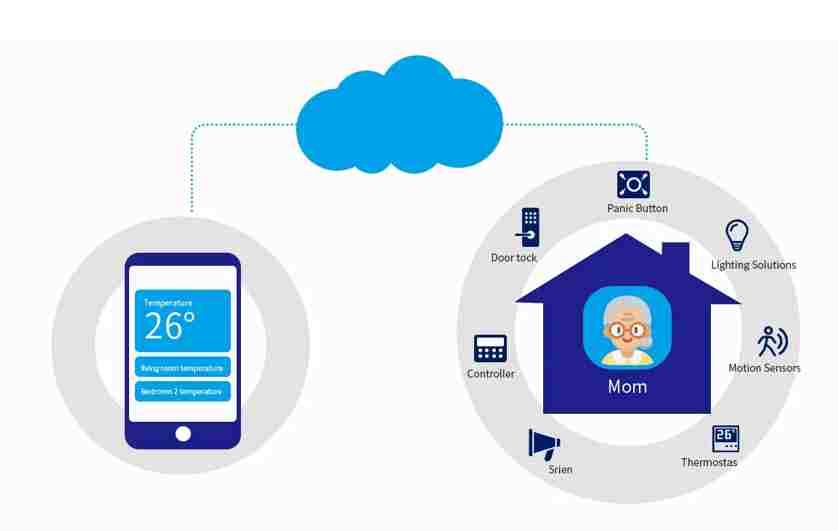
2. Organizational/Industrial Applications:-
1. Medicine And Healthcare: The Internet of Medical Things (IoMT) is an application of the IoT for medical and health-related purposes, data collection and analysis for research, and monitoring. The IoMT has been referenced as “Smart Healthcare”, as the technology for creating a digitized healthcare system, connecting available medical resources and healthcare services.
- IoT devices can be used to enable remote health monitoring and emergency notification systems. These health monitoring devices can range from blood pressure and heart rate monitors to advanced devices capable of monitoring specialized implants, such as pacemakers, Fitbit electronic wristbands, or advanced hearing aids. Some hospitals have begun implementing “smart beds” that can detect when they are occupied and when a patient is attempting to get up. It can also adjust itself to ensure appropriate pressure and support are applied to the patient without the manual interaction of nurses. A 2015 Goldman Sachs report indicated that healthcare IoT devices “can save the United States more than $300 billion in annual healthcare expenditures by increasing revenue and decreasing cost. “Moreover, the use of mobile devices to support medical follow-up led to the creation of ‘m-health’, used to analyze health statistics.
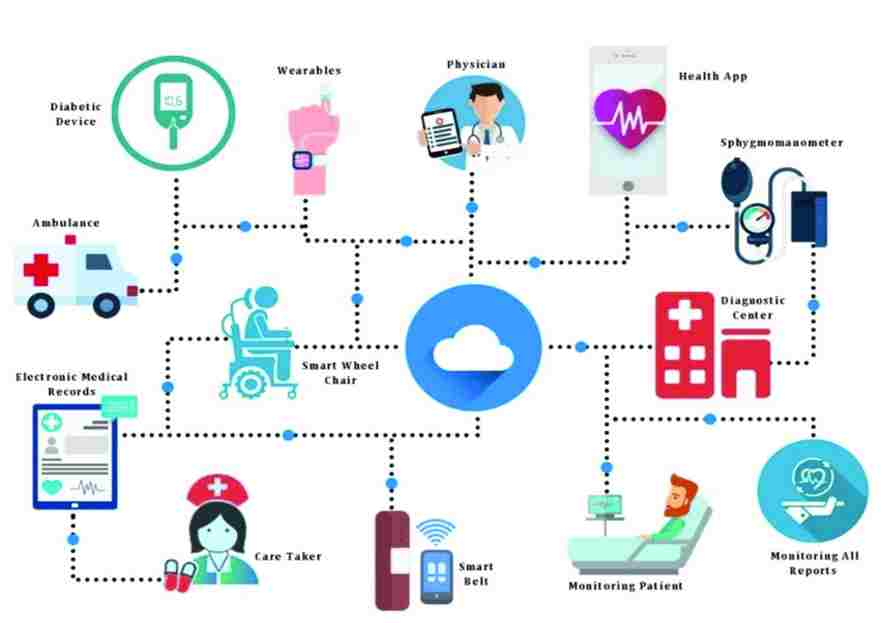
- Specialized sensors can also be equipped within living spaces to monitor the health and general well-being of senior citizens, while also ensuring that proper treatment is being administered and assisting people to regain lost mobility via therapy as well. These sensors create a network of intelligent sensors that can collect, process, transfer, and analyze valuable information in different environments, such as connecting in-home monitoring devices to hospital-based systems. Other consumer devices to encourage healthy living, such as connected scales or wearable heart monitors, are also a possibility with the IoT. End-to-end health monitoring IoT platforms are also available for antenatal and chronic patients, helping one manage health vitals and recurring medication requirements.
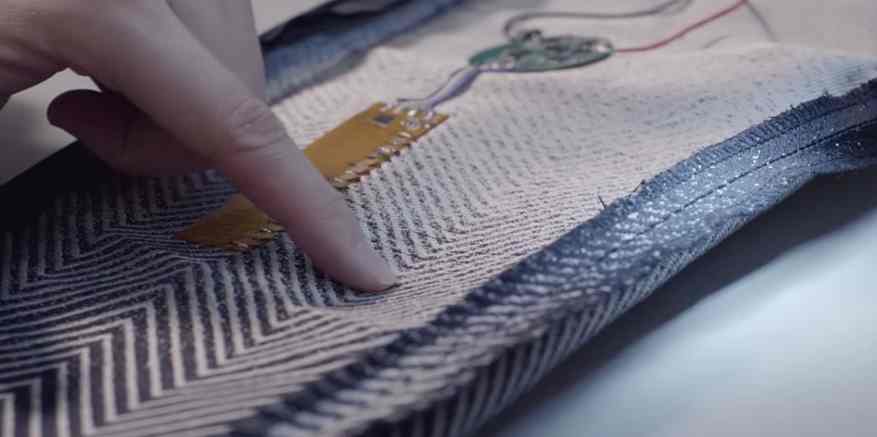
- Advances in plastic and fabric electronics fabrication methods have enabled ultra-low-cost, use-and-throw IoMT sensors. These sensors, along with the required RFID electronics, can be fabricated on paper or e-textiles for wireless-powered disposable sensing devices. Applications have been established for point-of-care medical diagnostics, where portability and low system complexity is essential.
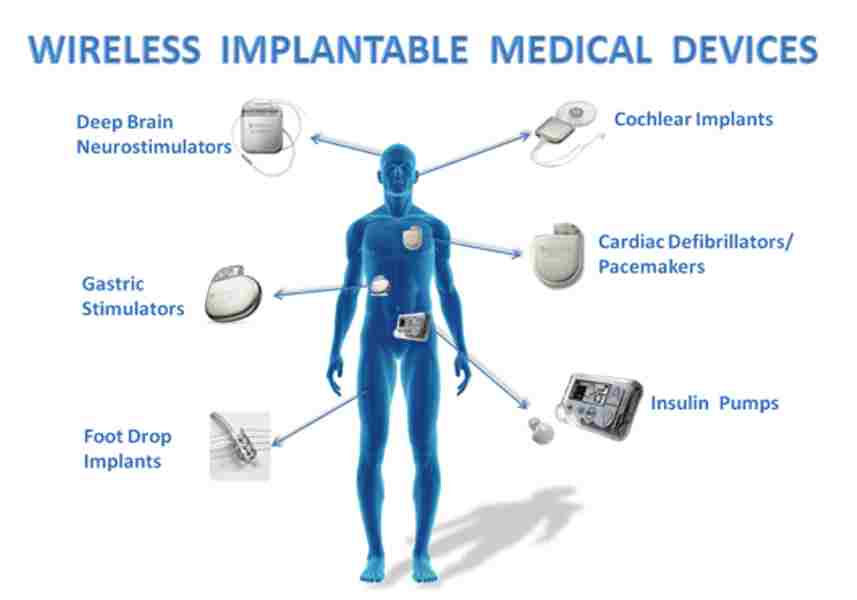
- The application of the IoT in healthcare plays a fundamental role in managing chronic diseases and in disease prevention and control. Remote monitoring is made possible through the connection of powerful wireless solutions. The connectivity enables health practitioners to capture patients’ data and apply complex algorithms in health data analysis.
2. Transportation: The IoT can assist in the integration of communications, control, and information processing across various transportation systems. The application of the IoT extends to all aspects of transportation systems (i.e., the vehicle, the infrastructure, and the driver or user). Dynamic interaction between these components of a transport system enables inter-and intra-vehicular communication, smart traffic control, smart parking, electronic toll collection systems, logistics and fleet management, vehicle control, safety, and road assistance.

3. Agriculture: There are multitudinous IoT operations in tilling like collecting data on temperature, downfall, moisture, wind speed, pest infestation, and soil content. This data can be used to automate husbandry ways, take informed opinions to ameliorate quality and volume, minimize threat and waste, and reduce the trouble needed to manage crops. For illustration, growers can now cover soil temperature and humidity from hence, and indeed apply IoT- acquired data to perfect fertilization programs. The overall thing is that data from detectors, coupled with the planter’s knowledge and suspicion about his or her ranch, can help increase ranch productivity, and help reduce costs.
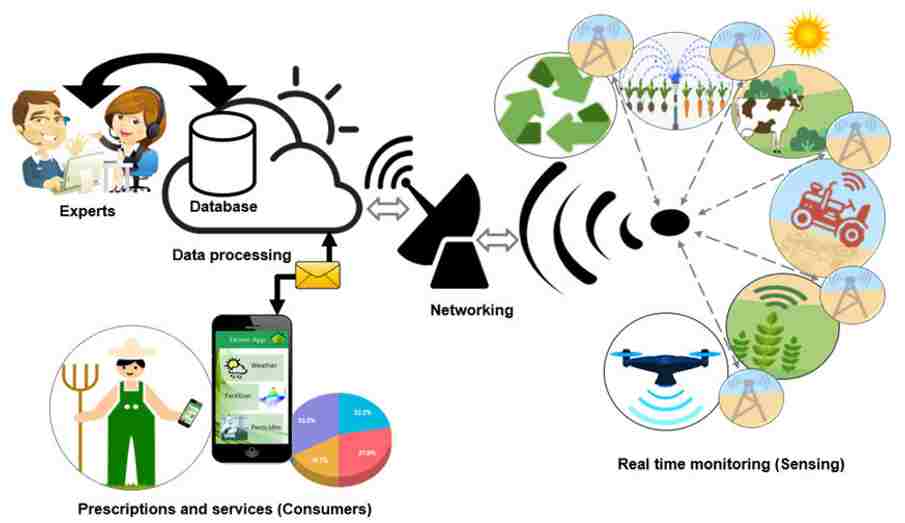
3. Military Applications:-
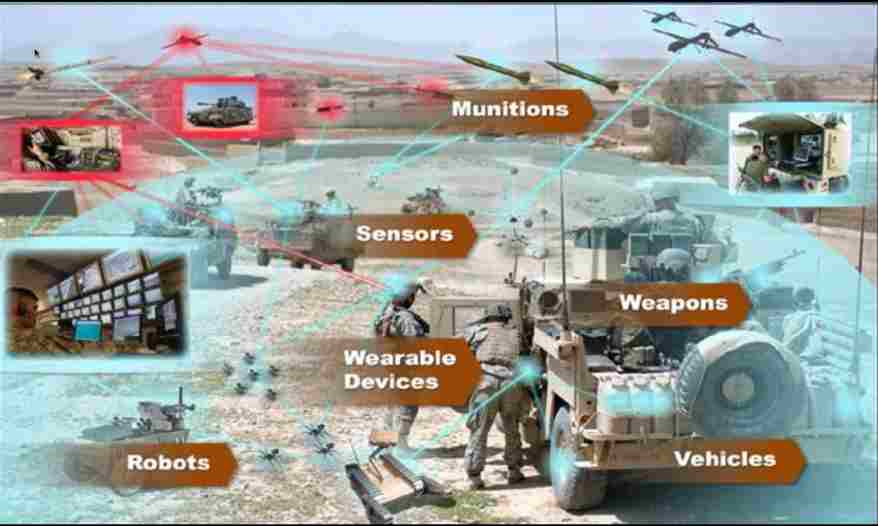
1. Internet of Battlefield Things: The Internet of Battlefield Things (IoBT) is a design initiated and executed by the U.S. Army Research Laboratory (ARL) that focuses on the introductory wisdom related to the IoT that enhances the capabilities of Army soldiers. In 2017, ARL launched the Internet of Battlefield Things Collaborative Research Alliance (IoBT- CRA), establishing a working collaboration between assiduity, university, and Army experimenters to advance the theoretical foundations of IoT technologies and their operations to Army operations.
2. Ocean of Things: The Ocean of Things project is a DARPA- led program designed to establish an Internet of things across large ocean areas for the purposes of collecting, covering, and analyzing environmental and vessel exertion data. The design entails the deployment of docks that house an unresistant detector suite that autonomously describes and tracks military and marketable vessels as part of a pall-grounded network.
Criticism And Problems Of IoT
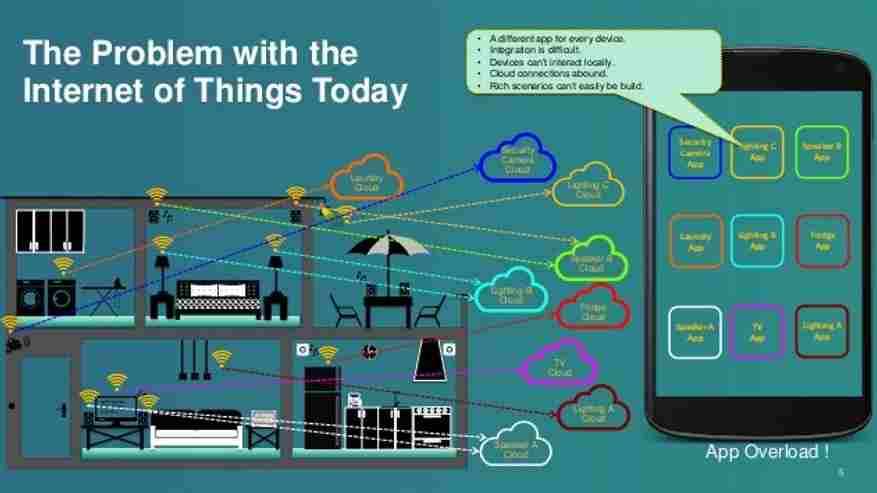
1. Privacy, Autonomy, And Control: PhilipN. Howard, a professor, and the author writes that the Internet of effects offers immense eventuality for empowering citizens, making government transparent, and broadening information access. Howard cautions, still, that sequestration pitfalls are enormous, as is the eventuality for social control and political manipulation. enterprises about sequestration have led numerous to consider the possibility that big data architectures like the Internet of effects and data mining are innately inharmonious with sequestration. crucial challenges of increased digitization in the water, transport or energy sector are related to sequestration and cybersecurity which bear an acceptable response from exploration and policymakers likewise. Pen Adam Greenfield claims that IoT technologies aren’t only an eruption of public space but are also being used to immortalize normative geste, citing a case of billboards with retired cameras that tracked the demographics of passersby who stopped to read the announcement. The Internet of effects Council compared the increased frequency of digital surveillance due to the Internet of effects to the abstract panopticon described by Jeremy Bentham in the 18th Century. The assertion was defended by the workshop of French proponents Michel Foucault and Gilles Deleuze. In Discipline and discipline, The Birth of the Captivity Foucault asserts that the panopticon was a central element of the discipline society developed during the Industrial Era. Foucault argued that the discipline systems established in manufactories and seminaries reflected Bentham’s vision of panopticons. In his 1992 paper” Postscripts on the Societies of Control,” Deleuze wrote that the discipline society had transitioned into a control society, with the computer replacing the panopticon as an instrument of discipline and control while still maintaining the rates analogous to that of panopticons.
2. Data storage: A challenge for directors of IoT operations is to clean, process, and interpret the vast quantum of data that is gathered by the detectors. There’s a result proposed for the analytics of the information pertained to as Wireless Sensor Networks. These networks partake data among detector bumps that are transferred to a distributed system for the analytics of the sensitive data. Another challenge is the storehouse of this bulk data. Depending on the operation, there could be high data accession conditions, which in turn lead to high storehouse conditions. presently the Internet is formerly responsible for 5% of the total energy generated, and a” dispiriting challenge to power” IoT bias to collect and indeed store data remains.
Data silos, although a common challenge of heritage systems, still generally do with the perpetration of IoT bias, particularly within manufacturing. As there are a lot of benefits to be gained from IoT and IIoT bias, how the data is stored can present serious challenges without the principles of autonomy, translucency, and interoperability being considered. The challenges aren’t done by the device itself, but by how databases are stored is set- up. These challenges were generally linked in manufacturers and enterprises which have begun upon digital metamorphosis, and are part of the digital foundation, indicating that to admit the optimal benefits from IoT bias and for decision timber, enterprises will have to first-align their data storing styles.
3. Confusing terminology: Information Age writer Kevin Lonergan, in his article coined the term “terminology zoo” to define the extremely confusing and contradicting terminologies used in IoT today. This confusion in the terminology is not “useful from a practical point of view”, says Lonergan. You see, the main reason behind this kind of confusion is the fact that smartphones, tablets, and other devices we use today were not invented back then which led to conflicting terminologies in today’s world. Terms with varying degrees of overlap can be found in the IoT realm like the Internet of things, Internet of Everything (IoE), Internet of goods (supply chain), industrial Internet, pervasive computing et-al. To make all this a bit easier for the common man, IoT One has created a database with all common IoT terminology which also includes a “New Term” alert. As of now this database catalogs more than 800 IoT-related terms and manages to keep the “material transparent and comprehensive”.
Conclusion
- As IoT technology has formerly made itself comfortable in our homes, public spaces, services, and manufactories, and given the snappy pace of its development, it seems that the stereotyped IoT expression ‘anything that can be connected will be connected’ is ever near to getting our diurnal reality. Thus, the real question shouldn’t be about when this will be, but rather how the connections should be made to achieve the loftiest possible effectiveness while retaining crucial features like security and cost-effectiveness. With this approach in mind, a deployment featuring a great number of low-power, low-bandwidth biases would bear the use of LwM2M, a featherlight protocol designed especially for the operation of similar resource-constrained machines. Thus, seen from a similar practical perspective, the question of success in the case of given IoT operations seems to boil down to the choice of applicable IoT technology from the vast array of results.
Top 13 Interesting Facts About IoT
The first “official” IoT device was a Coke machine on the campus of Carnegie Mellon University in Pittsburgh, Pennsylvania.
There’s an IoT-Related Talent Shortage. According to one report, more than ⅔ of companies investing in IoT can’t find the talent they need.
Almost 94% of the global businesses have adopted the IoT technology, they are also making simultaneous investments.
Tech enthusiasts estimate that IoT-based devices will very soon replace normal devices.
In 1926, Nicola Tesla imagined a wirelessly connected world where the “earth would be converted into a huge brain” and the devices used to carry this out would be simpler than a telephone and small enough to carry in your pocket.
There Is So Much IoT Data That It Is Measured in Zettabytes
IoT Makes Cities Smarter.
IoT Supports Innovation in the Green Economy.
5G Will Transform the World of IoT.
The IPv6 standard for Internet addresses ensured that there are as many numbers of internet addresses as there are atoms on our earth!
China dominated in IoT with more than 27% of machine-to-machine connections.
Connected kitchens will help save as much as 15% of the current costs in the food and beverage industry.
By the year 2008, there were more devices connected to the internet than the total population of the world!



